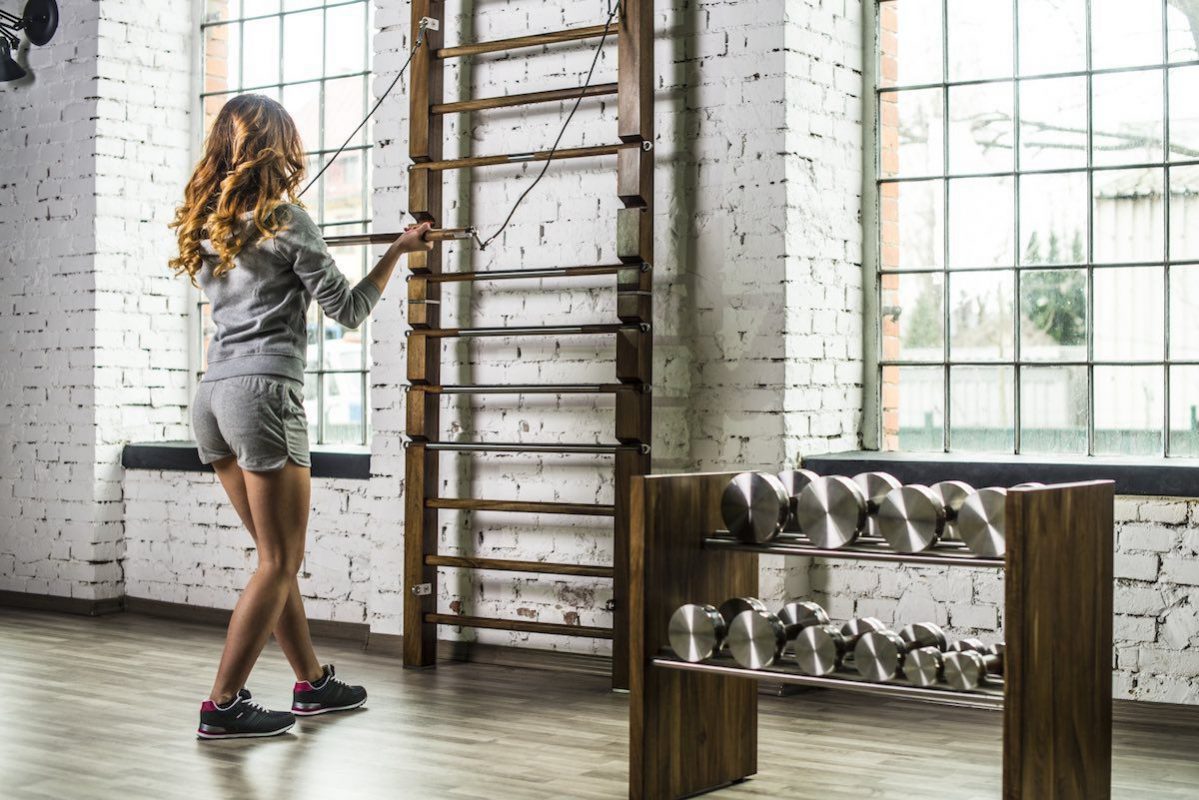Not many of us know that HIIT (High-intensity Interval Training) is over a century old and we still don’t know how to explain what it is exactly. Aside from an intense burst of cardio and short rests, there’s more to it than you might think. Cardio workouts are great for your heart, lungs and muscles and switching it up from steady state training might be key to seeing results.
A Breakdown of HIIT
There’s a few main variables when it comes deciphering the elements of HIIT, the first is work and rest durations, with longer work periods generally being better for improving endurance and shorter ones better for power. Then there’s the intensity of the work periods and being able to sustain them. You need to know your target heart rate and stay at that level to keep it consistent throughout your entire workout.
The next is the type of exercise or lack of during rest periods. For best results you need to engage in active recovery, for example jogging on the spot as opposed to standing still. This can also flush out lactic acid for your next burst of exercise. Lastly, the focus is on how many intervals you are doing. If you’re doing too much, you won’t be able to maintain the intensity, so be realistic with your training.
The Benefits of HIIT
HIIT has a great number of benefits, with HIIT cardio you can burn fat, boost endurance, tone up and also increase cardiovascular fitness, when utilising explosive speed and strength. It may even be more effective than doing longer steady state workouts. Shorter workouts are rumoured to give you better results, even as few as three 10 minute sessions a week can improve metabolic health. Key benefits include:
- Improved performance: HIIT trains both the aerobic and anaerobic systems, building up stamina
- Improves insulin sensitivity: helps exercising muscles use glucose for fuel more efficiently
- Helps you burn belly fat: It may be more effective than other types of exercise when it comes to loosing an inch or two around the stomach area
- Increases your VO2 max: this is the maximum amount of oxygen your body can use, useful when working for longer periods of time
- Great for burning calories: not only during the workout but also in the hours post-workout. The after-burn is rumoured to be 24 hours or even days (when the body is returning to its normal resting rate).
With HIIT however, you need to take it easy to start with, prepare to be uncomfortable as you work at an intense level. With HIIT also, you only need to partake in around 1-2 workouts a week or you risk overtraining.
Why not try Tabata?
Try the famous routine, which involves 20 seconds of work and 10 seconds rest, repeated for four minutes. Tabata works best on a cardio machine or when doing simple body weight moves, such as press-ups or unweighted squats. Switch it up also by alternating exercises, for example press ups to jump squats or when using machines; a rower to a bike.


